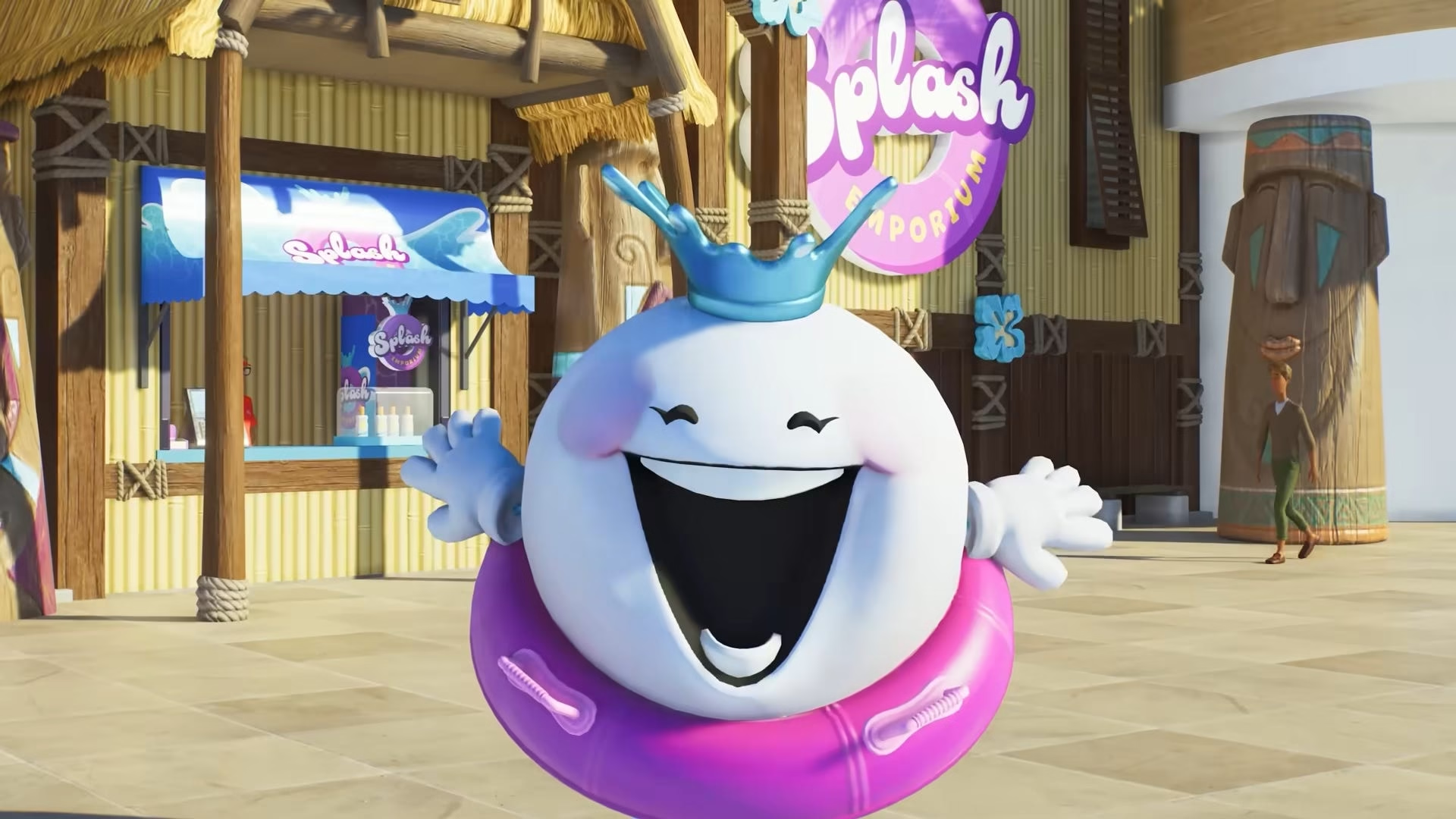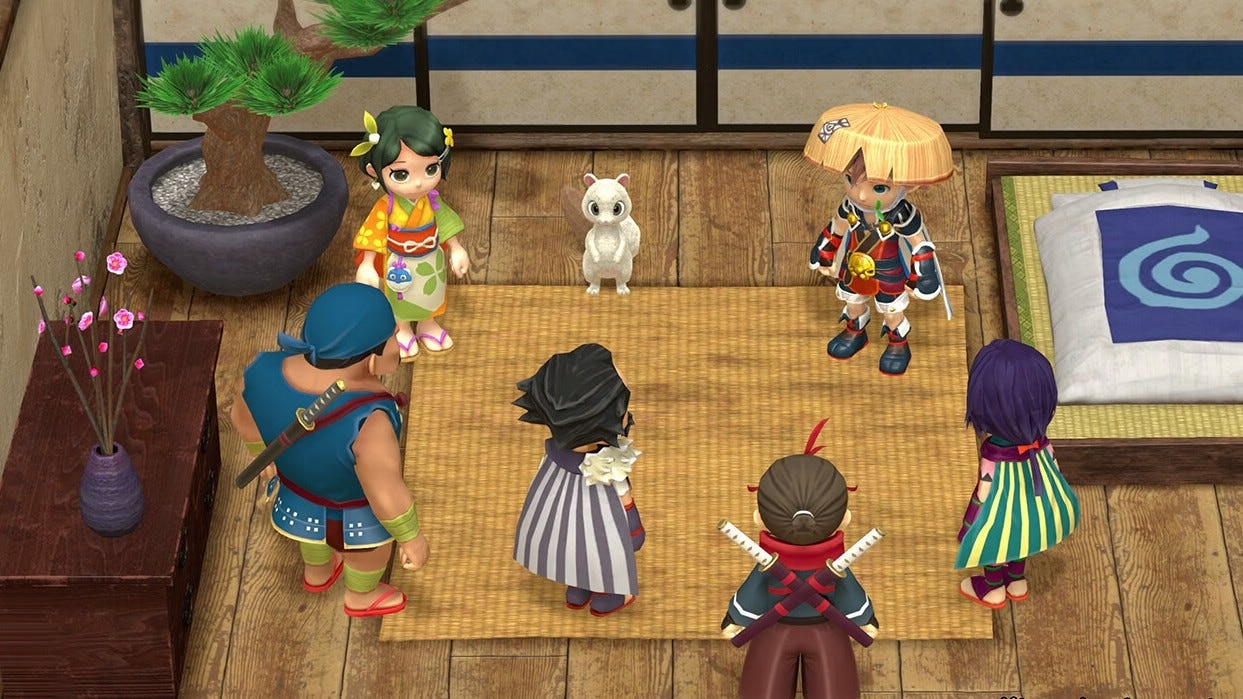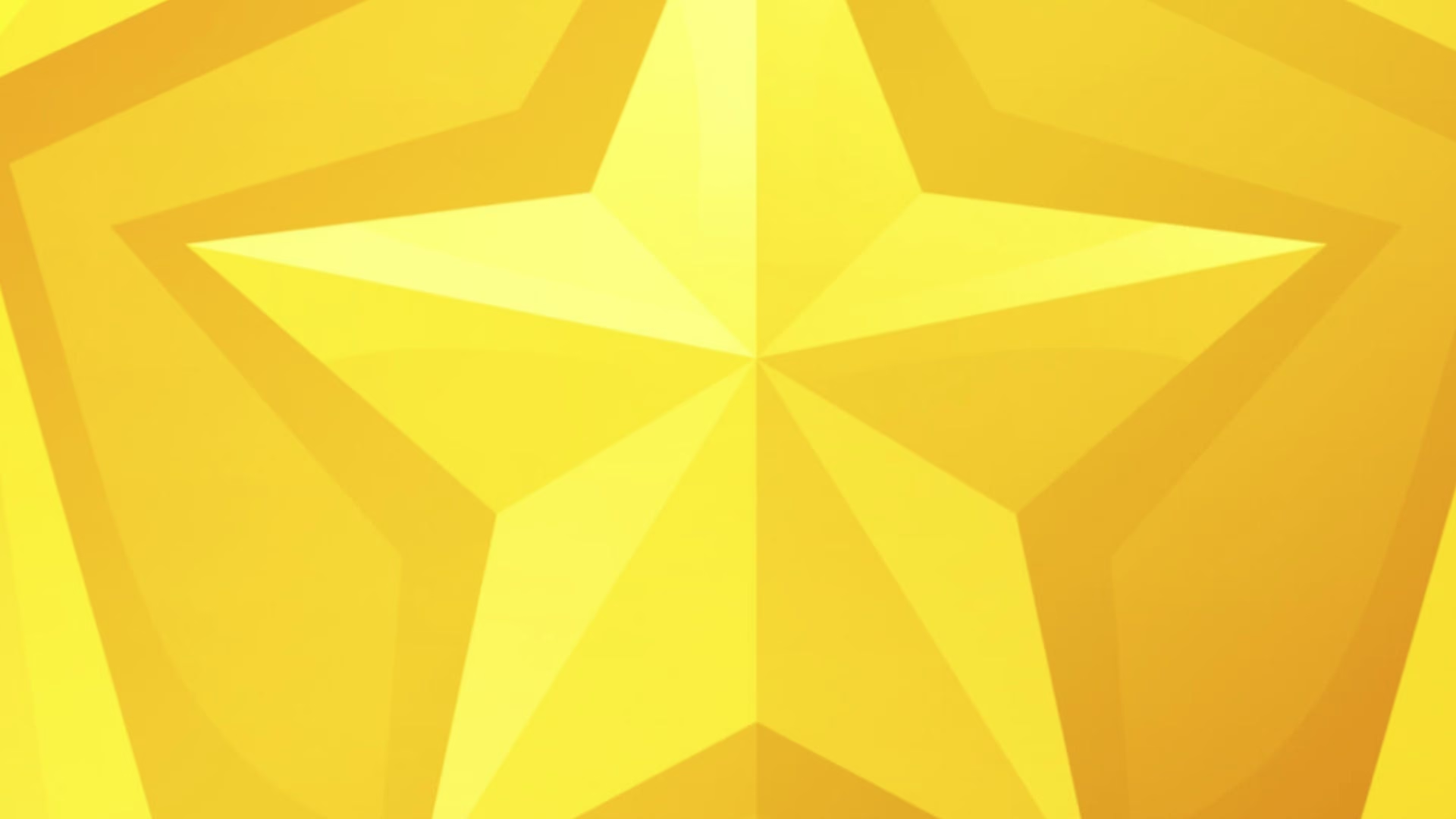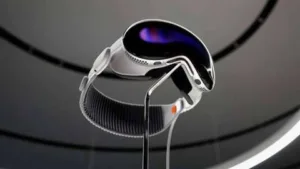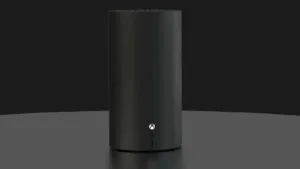Retro Review: Sonic the Hedgehog 3 (1994)
Estimated reading time: 7 minutes
Following the success of Sonic the Hedgehog 2, Sega went all out with Sonic the Hedgehog 3, pushing the Genesis to its limits. The game introduced new gameplay mechanics, a deeper storyline, and some of the most ambitious level designs in the series. Released in 1994, Sonic 3 offered an adventure that was not only larger in scope but also technically innovative, setting a new standard for 2D platformers.
Gameplay & Mechanics
Sonic the Hedgehog 3 builds on the tight platforming and fast-paced gameplay of its predecessors while introducing several new mechanics that enhance depth and variety. This game features the debut of elemental shields—power-ups that grant Sonic unique abilities based on the type of shield he collects. The Fire Shield allows Sonic to dash forward in a fiery burst, the Water Shield enables him to bounce and breathe underwater, and the Electric Shield provides a double jump while attracting nearby rings. These shields not only make the game more enjoyable but also add strategic depth, allowing players to choose paths and tactics that align with each shield’s abilities.
The introduction of a save feature was a game-changer, enabling players to continue from any zone rather than starting from the beginning, which is especially helpful given the game’s size. The controls feel tighter than ever, with Sonic’s Spin Dash and Tails’ flying abilities returning, making traversal fluid and rewarding. This is also the first game that allows Tails to fly when controlled by a second player in co-op mode, elevating him from being just a sidekick. Additionally, the cooperative and competitive multiplayer modes have been expanded, allowing friends to tackle levels together or race in competitive time trials.
Besides Sonic and Tails, the game introduces Knuckles the Echidna, a red, dreadlocked guardian of Angel Island who serves as both a rival and ally. Knuckles’ role as an antagonist to Sonic adds new layers to the story and provides the series with its first significant plot twist.
Level Design
The level design in Sonic the Hedgehog 3 is among the best in the series, featuring larger and more complex zones filled with alternate routes, secrets, and interactive elements. Compared to Sonic 2, the game’s levels are more vertical and exploratory, and each zone is layered with unique gimmicks that make them memorable.
The game begins in Angel Island Zone, which sets the tone with its lush tropical setting that suddenly erupts into flames, hinting at a darker plot. As you progress, you’ll encounter a variety of zones, such as the technologically advanced Launch Base Zone, the icy and treacherous IceCap Zone, and the dizzying carnival-inspired Carnival Night Zone. Each stage is packed with memorable mechanics, including floating platforms, underwater segments, and the iconic barrels in Carnival Night Zone that stumped many players back in the day.
The game features a two-part act structure that enhances the experience, as each act feels like a unique mini-adventure within the larger zone. Transitions between acts are seamless, with Sonic moving directly into the next part of the level instead of resetting to a title screen. This cohesive progression makes the world feel more interconnected and alive, adding a sense of continuity and immersion that was rare for platformers of that era.
Special Stages are accessed by collecting 50 rings and jumping into giant rings hidden throughout each act. These stages take place in a checkerboard 3D sphere grid, where players must collect all blue spheres while avoiding red ones. Successfully completing all stages rewards players with the seven Chaos Emeralds, allowing Sonic to transform into Super Sonic—a supercharged, invincible version of himself—providing an exciting reward for dedicated players.
Graphics & Presentation
Sonic the Hedgehog 3 is a visual masterpiece for the Genesis, maximizing the capabilities of 16-bit hardware to deliver larger sprites, richer colors, and more detailed backgrounds than ever before. The zones are vibrant and dynamic, featuring layered backgrounds with a notable level of animation. For instance, Angel Island’s transformation from a peaceful jungle to a blazing inferno demonstrates how the game’s visuals enhance the storytelling. Similarly, IceCap Zone presents icy landscapes and a thrilling snowboarding sequence, showcasing the cinematic potential of the Genesis.
Character animations have also significantly improved. Sonic’s and Tails’ movements are smooth and expressive, and the game introduces new sprites for different power-ups and scenarios, such as Sonic’s flame dash with the Fire Shield and his bouncing Water Shield abilities. The detailed backgrounds and creative level designs make each zone feel distinct and lively.
Sound & Music
The music in Sonic the Hedgehog 3 takes a different approach compared to previous games, featuring compositions rumored to be influenced by Michael Jackson, although the exact details are unconfirmed. Nonetheless, the soundtrack is impressive, with each track perfectly capturing the mood and energy of its respective zones.
For instance, Angel Island Zone evokes a tropical and adventurous feel, while Ice Cap Zone’s music is hauntingly cool and atmospheric, fitting its frosty environment. The bouncy, upbeat tune of Carnival Night Zone aligns perfectly with the playful design of its pinball-inspired platforms and obstacles. Each zone’s music enhances its visuals, making the journey through each act even more engaging.
The sound effects are as crisp as ever, with shields introducing new auditory elements that indicate which power-up is active. Classic sounds, such as ring collecting, spin dashes, and other familiar audio cues, return, grounding Sonic 3 in the series’ iconic sound identity.
Difficulty & Replayability
The difficulty in Sonic the Hedgehog 3 is well-balanced. The early zones allow new players to get accustomed to the gameplay, while later levels, such as Launch Base Zone, require more precision and skill. The boss fights are more varied and challenging than in previous games, with Dr. Robotnik employing unique tactics that make each encounter memorable. Additionally, the game introduces mini-bosses at the end of each Act 1, adding another layer of challenge and variety to each zone.
Replayability is high due to the expansive level design featuring multiple paths, secrets, and hidden areas. The inclusion of Knuckles, who can be unlocked in Sonic & Knuckles, encourages players to revisit levels using his unique abilities, providing new ways to engage with familiar zones. Completing Special Stages to collect all the Chaos Emeralds and unlocking Super Sonic presents a satisfying challenge that motivates multiple playthroughs.
Legacy
Sonic the Hedgehog 3 is more than just a sequel; it represents a high point of creativity, storytelling, and gameplay in the 2D Sonic series. Initially, it was intended to be part of a larger experience alongside Sonic & Knuckles, a companion game that Sega later released. This allowed players to fully engage with the intended storyline and play as Knuckles throughout the levels.
The game is one of the most highly regarded titles in Sonic’s history and is often cited as a fan favorite. Its influence can be seen in later games, such as Sonic Mania, which pays homage to its level design, music, and intricate storytelling. Sonic 3 marks an era when Sega was at the height of its creativity, pushing the boundaries of gameplay and presentation on the Genesis.
Final Thoughts
Sonic the Hedgehog 3 is a remarkable example of platforming excellence. It features a larger and more engaging world, intricate level design, memorable power-ups, and a story that is conveyed visually through detailed environments and seamless transitions. For Sonic fans, it remains a gold standard in the franchise, capturing all the excitement of Sonic while adding new layers of depth. Both retro gamers and newcomers alike should consider Sonic 3 a must-play, as it still stands as one of the finest examples of 2D platforming.
Rating: 10/10
SEGA® Genesis Classics Game Information
Price: $29.99
Publisher: SEGA of America, Inc.
Developer: D3T Limited
Director(s): Various
Producer(s): Various
Platform: Microsoft XBox One & Series S|X, Nintendo Switch, Sony PlayStation 4 & 5, Steam
Purchase Playstation Store
Purchase Nintendo Online
Purchase Microsoft XBOX Store
Purchase Steam
Listen to the SEGA SOUND TEAM‘s work on Spotify.
Do you have a news tip or wish to contact us directly? You may reach us at hello@robotsoverdinosaurs.net.
